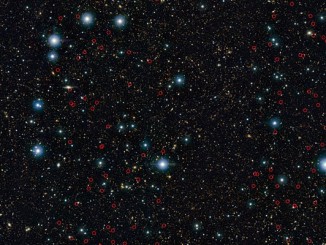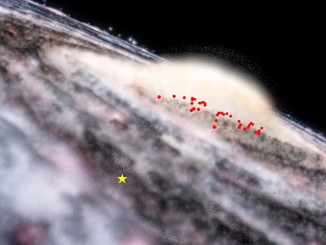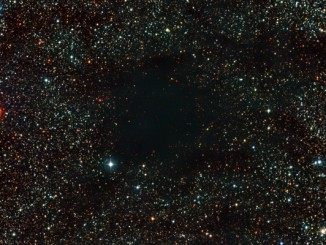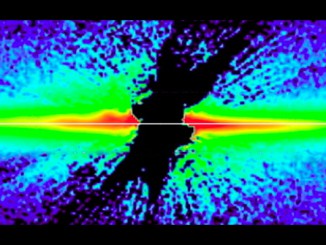
Ageing hypergiant star’s weight loss secret revealed
A team of astronomers using ESO’s Very Large Telescope has captured the most detailed images ever of the hypergiant star VY Canis Majoris. These observations show how the unexpectedly large size of the particles of dust surrounding the star enable it to lose an enormous amount of mass as it begins to die. This process, understood now for the first time, is necessary to prepare such gigantic stars to meet explosive demises as supernovae.









